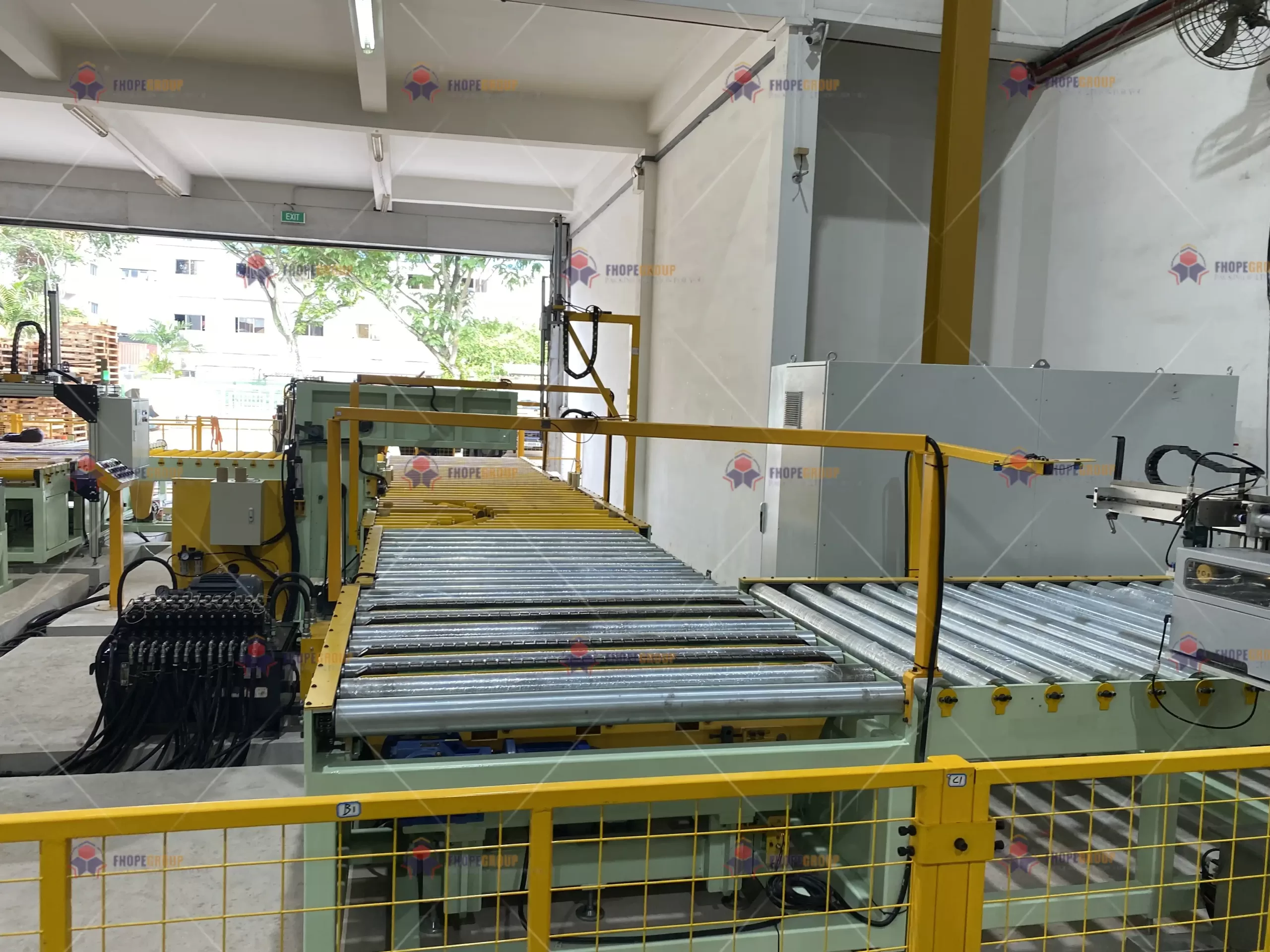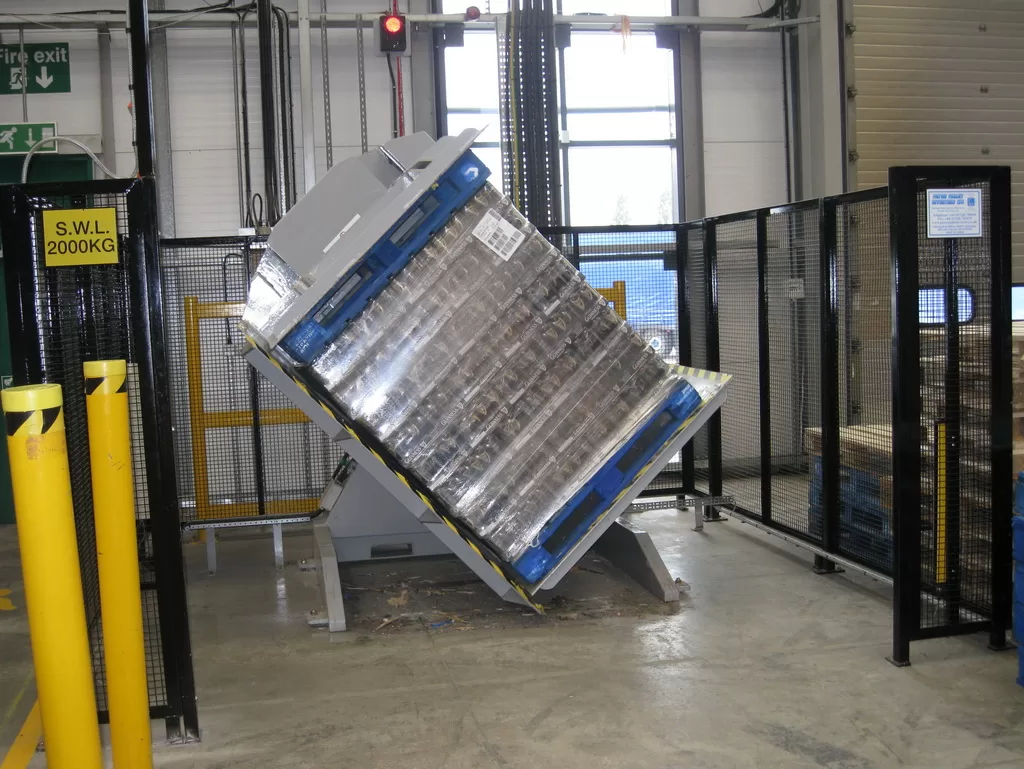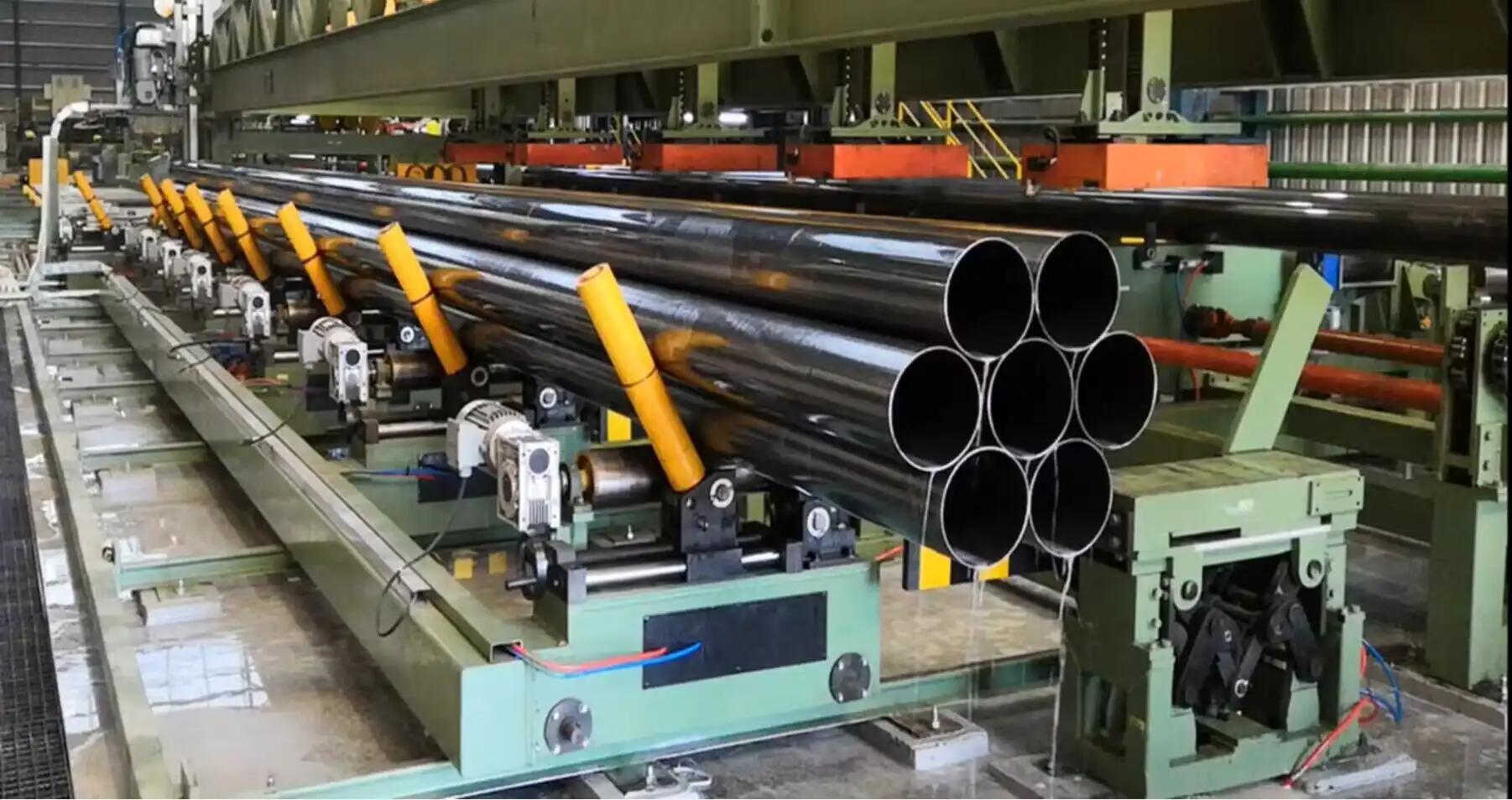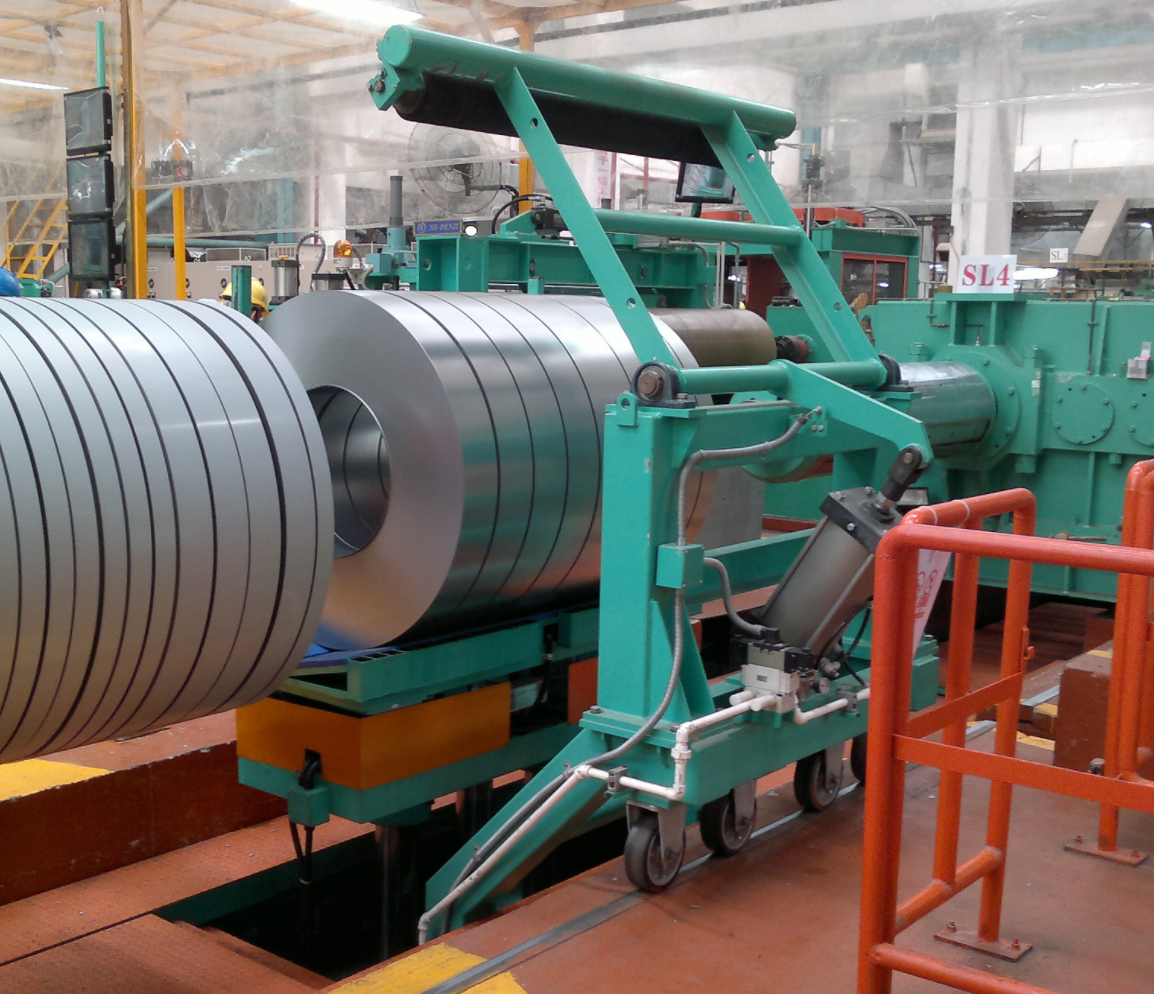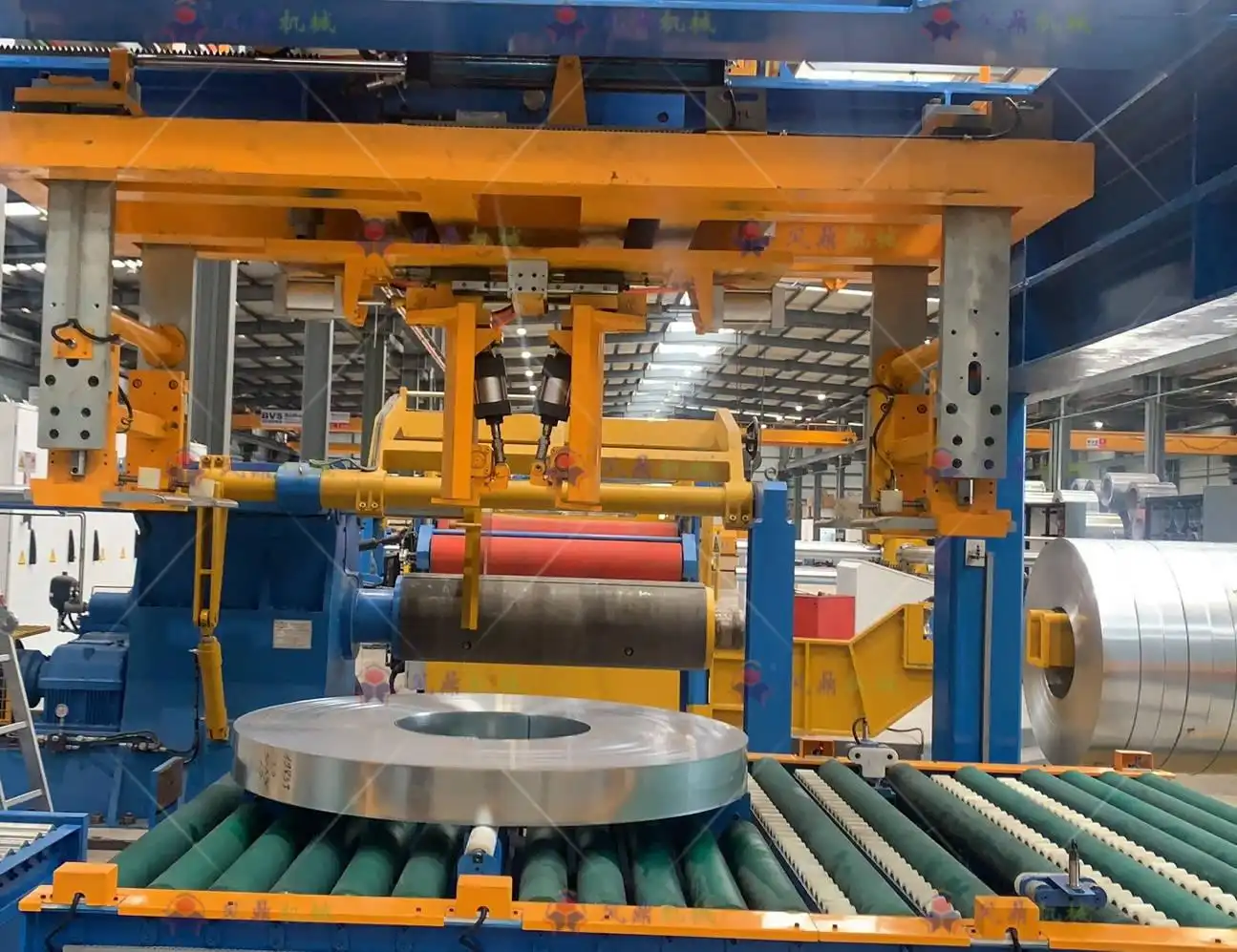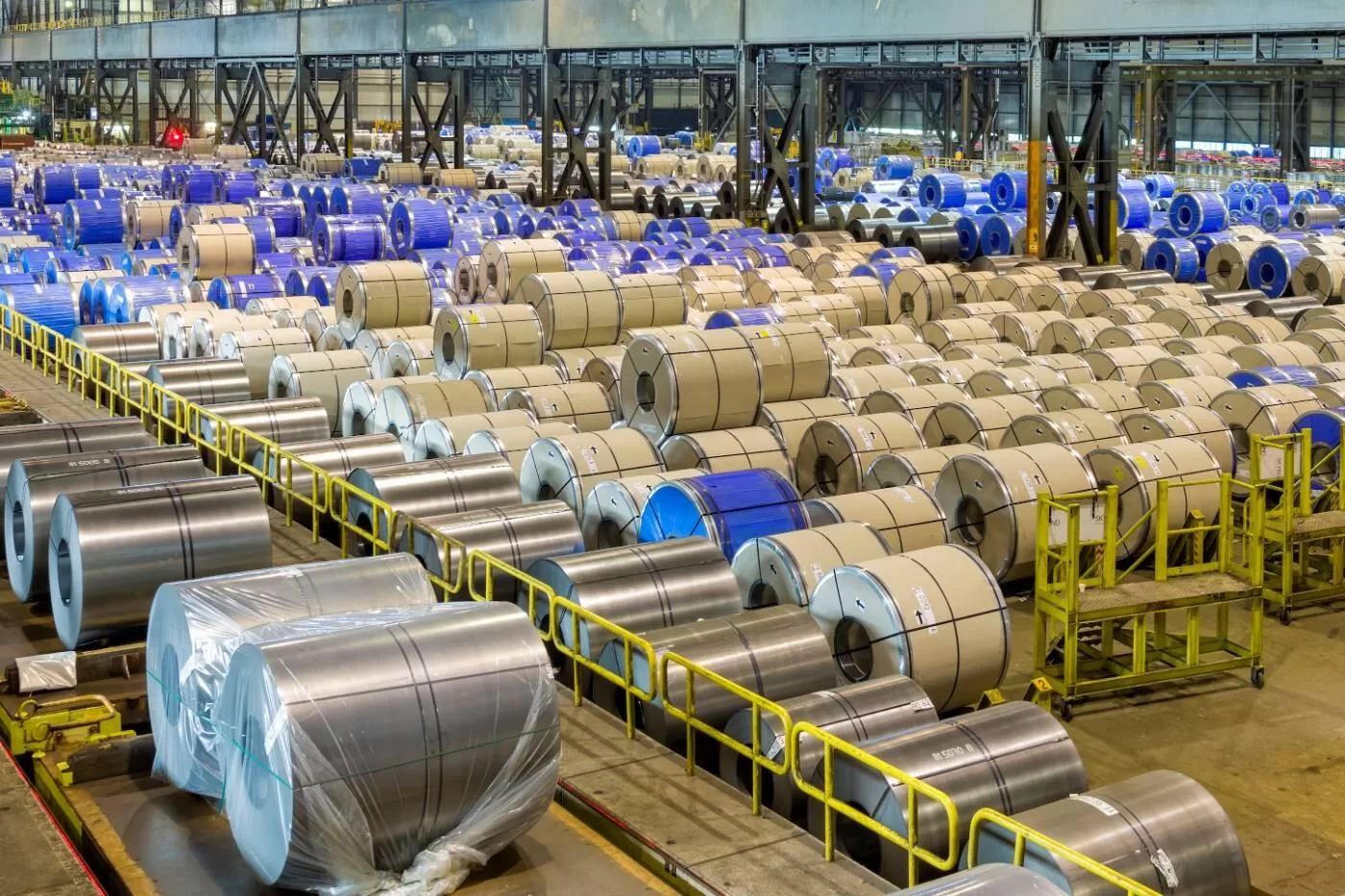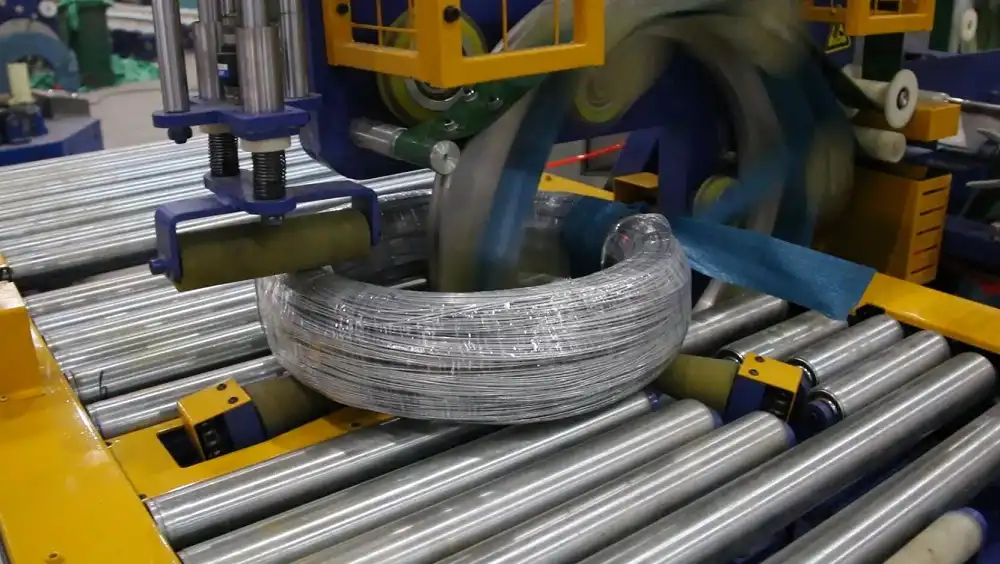How to Reduce Labor Costs with Automated PVC Pipe Bagging Systems?
Industries are driven to seek efficiency and minimize expenses. Automated PVC pipe bagging systems present a pivotal shift in packaging, streamlining operations. These systems not only enhance productivity but also significantly curtail labor costs, making them indispensable for modern manufacturing.
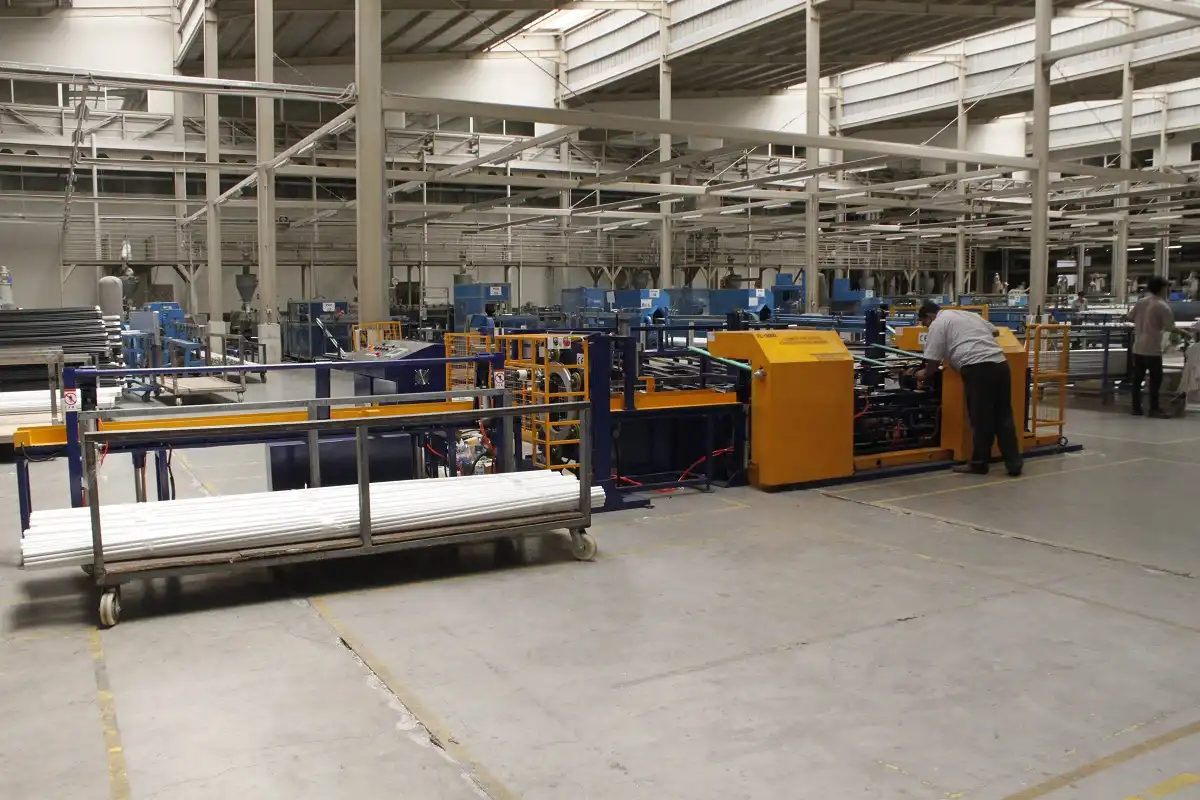
Automated PVC pipe bagging systems substantially cut labor costs by automating the bagging process. Replacing manual labor with automated systems reduces the need for large teams, minimizes labor-related expenses, and allows reallocation of workforce to higher-value tasks. This leads to significant operational savings and improved overall efficiency.
Transitioning to automated PVC pipe bagging systems can revolutionize your production line. Delve into the specifics of how these systems drive down labor costs and boost operational efficiency. This article explores the strategic benefits of investing in automation.
Streamlining Operations with Automated Bagging Systems
Automated bagging systems are reshaping manufacturing, minimizing manual intervention and significantly reducing operational expenses. These systems take over labor-intensive tasks, greatly improving efficiency.
Automated bagging systems enhance operations by minimizing manual labor, ensuring consistent packaging, and speeding up the throughput of materials. This lowers operational costs and improves the efficiency of overall production.
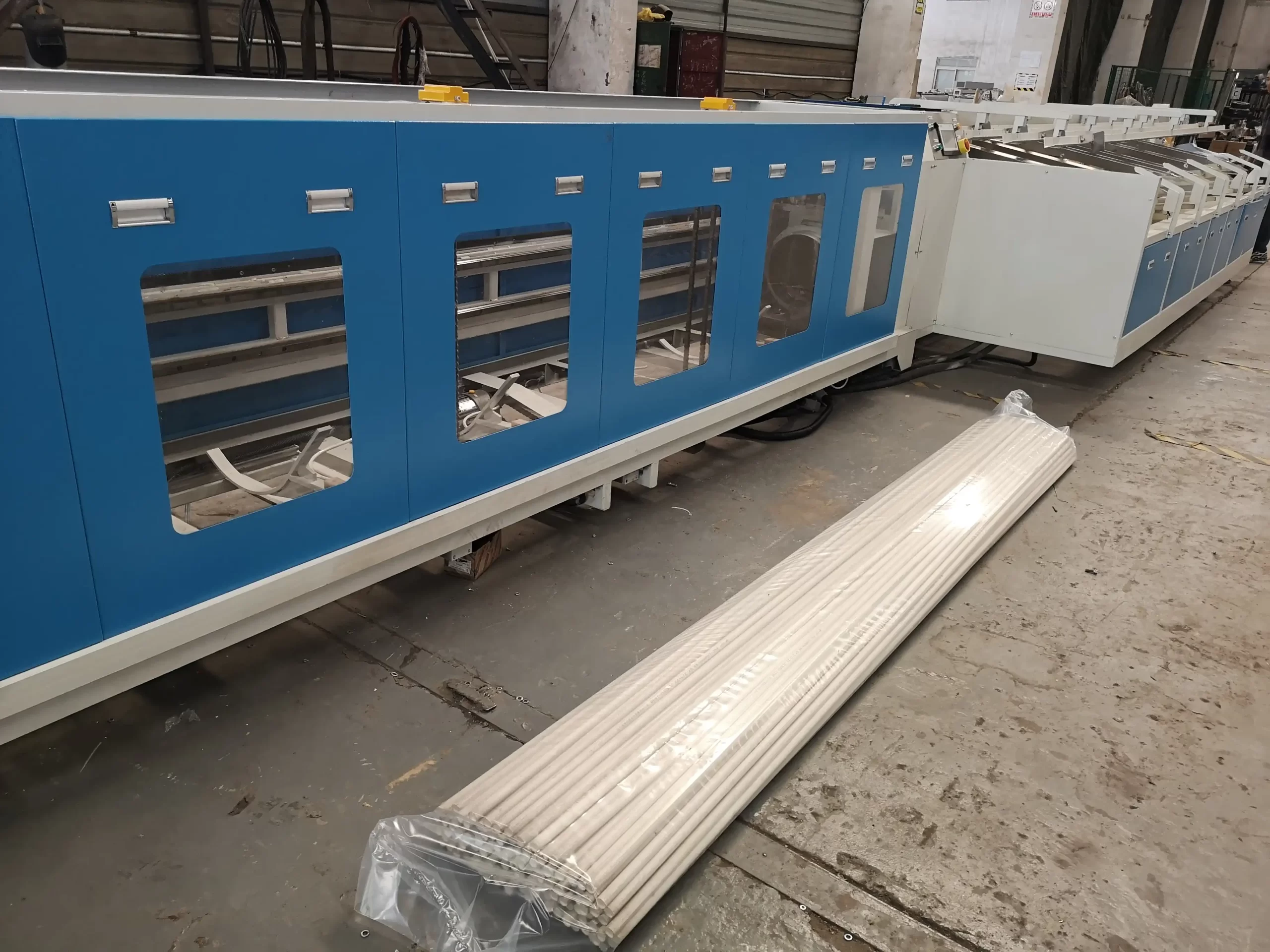
Quantifiable Benefits of Automation
Automated PVC pipe bagging systems provide direct labor cost reductions by automating what is typically a labor-intensive process. The financial benefits and strategic advantages of these systems are clear.
Direct Labor Cost Savings
The most immediate benefit is the reduction of direct labor costs. Manual bagging requires a large workforce, making it time-consuming and costly. Automating this process saves money across several key areas.
Consider the following comparison:
| Cost Factor | Manual Bagging | Automated Bagging | Cost Reduction Potential |
|---|---|---|---|
| Labor Wages | High – Requires multiple workers | Low – Minimal supervision | 60-80% |
| Benefits & Insurance | Higher for larger workforce | Lower with reduced workforce | Proportional to Wage Savings |
| Training Costs | Continuous for bagging teams | Reduced, machine operation focus | 40-60% |
| Error Rate | Higher – Human error prone | Lower – Consistent automation | 70-90% |
| Throughput | Lower – Limited by manual pace | Higher – Consistent speed | 100-300% |
Cascading Effects on Operational Costs
The reduction in direct labor is the most obvious advantage, but there are numerous cascading effects on benefits, training, and error rates that further amplify the savings.
-
Reduced Training Costs: Training costs for manual bagging teams can be substantial. With automated bagging, training focuses on machine operation, significantly reducing the time and resources spent on training.
-
Lower Error Rates: Human error is a common and costly issue in manual bagging. Automated systems ensure consistent and accurate packaging, drastically reducing error rates.
-
Increased Throughput: Automated bagging systems operate at a consistent speed, significantly increasing throughput. This means more pipes are packaged per hour, which translates to higher productivity with the same or reduced workforce.
Strategic Benefits
Automating the bagging process allows companies to reallocate human resources to more critical areas, such as quality control, maintenance, and process improvement. This not only improves operational efficiency but also enhances the overall value of the workforce.
The higher throughput directly translates to higher productivity with the same or reduced workforce size. This allows companies to reallocate human resources to other critical areas, enhancing overall operational efficiency and contributing to substantial inventory cost reduction by optimizing the flow and speed of packaged pipes ready for dispatch or storage.
Potential Challenges and Mitigation
While the benefits are significant, implementing automated bagging systems can present challenges:
-
Initial Investment Costs: The initial investment can be a barrier for some companies. However, the long-term ROI typically justifies the upfront cost.
-
Integration Issues: Integrating new machinery into existing production lines can be complex. Careful planning and professional installation are essential.
-
Maintenance Requirements: Automated systems require regular maintenance to ensure optimal performance. Investing in maintenance training and support can mitigate this issue.
By addressing these challenges proactively, PVC pipe manufacturers can fully leverage the benefits of automated bagging systems.
Optimizing Warehouse Space with Automated Bagging
Efficient use of warehouse space is crucial for minimizing inventory costs. Automated bagging systems optimize space by creating consistently sized and tightly packed bundles, maximizing storage density and reducing the overall footprint required for inventory.
Automated bagging optimizes warehouse space by creating uniform and compact pipe bundles. Consistent sizing allows denser storage configurations, maximizing vertical and horizontal space utilization, reducing the warehouse footprint, and lowering storage-related costs.
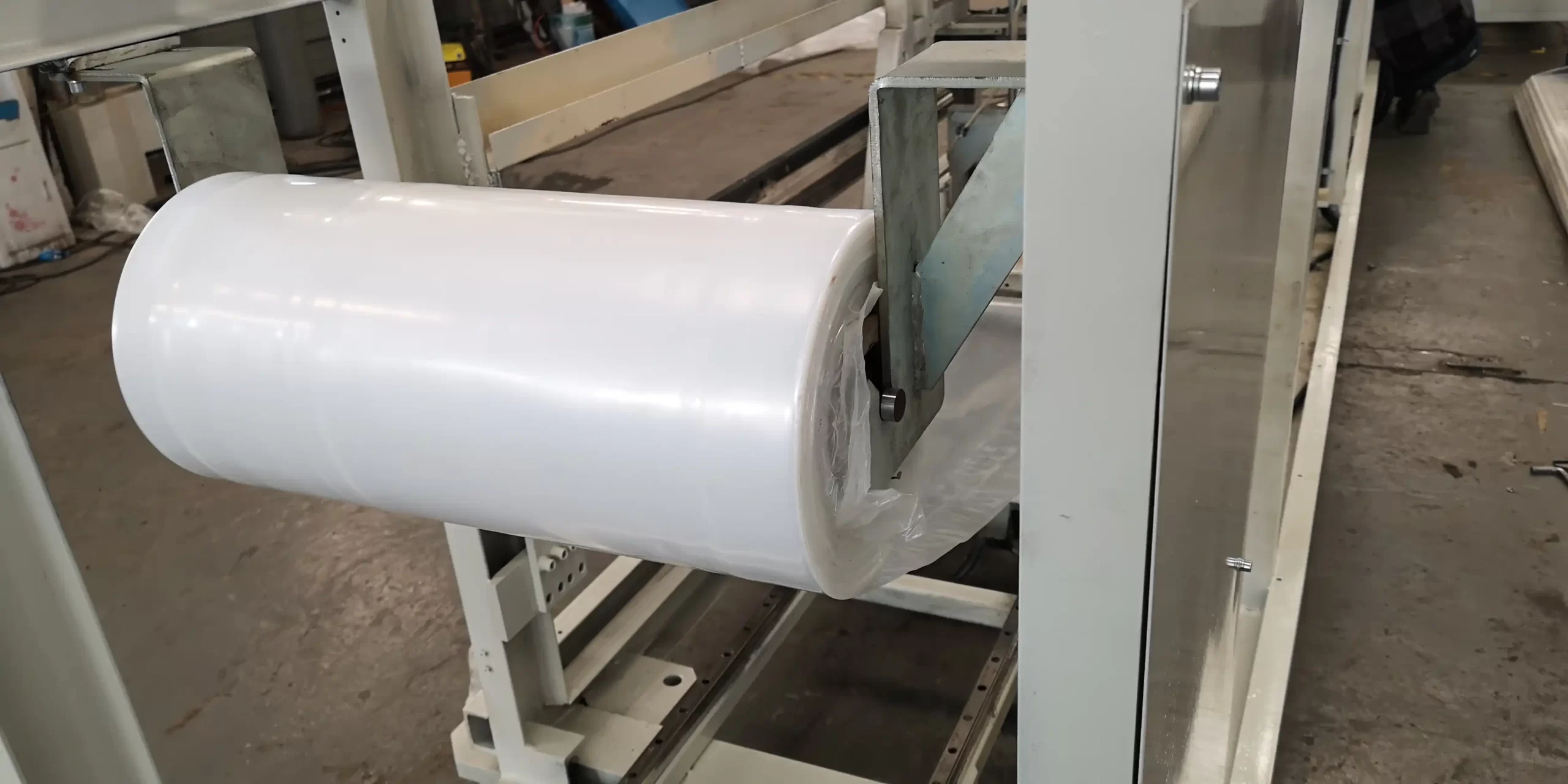
Space Efficiency and Cost Savings in Warehousing
Manually bundled pipes often result in irregular shapes and sizes, leading to wasted space during storage. Automated bagging ensures uniform and compact bundles, offering significant improvements:
| Warehouse Cost | Manual Bundling | Automated Bagging | Space/Cost Reduction |
|---|---|---|---|
| Storage Footprint | Larger – Irregular shapes | Smaller – Uniform, compact | 20-40% space reduction |
| Warehouse Rent/Lease | Higher – More space needed | Lower – Less space needed | 20-40% proportional saving |
| Utilities (Lighting, etc.) | Higher – Larger space | Lower – Smaller space | 10-20% utility reduction |
| Handling Costs | Higher – Less efficient stacking | Lower – Easier, denser stacking | 15-25% handling cost cut |
| Inventory Management | More complex, less accurate | Simpler, accurate space planning | Improved efficiency |
Detailed Breakdown of Space-Related Savings
- Reduced Storage Footprint: Uniform bundle dimensions translate to a smaller storage footprint, allowing for more efficient use of available space.
- Lower Rent/Lease Costs: A smaller storage area directly reduces rent or lease costs, providing significant savings over time.
- Decreased Utility Expenses: Less space requires less energy for lighting, heating, and cooling, further contributing to reduced utility expenses.
-
Improved Handling Efficiency: Uniform bundles are easier to stack and manage, reducing handling costs and simplifying inventory management.
Maximizing Vertical Space
In addition to reducing the overall footprint, automated bagging allows for better utilization of vertical space. Consistent bundle sizes make it easier to stack pipes higher and more securely, maximizing the use of available height in the warehouse.
Inventory Management Improvements
Accurate space planning simplifies inventory management, making it easier to track and retrieve items. This reduces the risk of lost or misplaced inventory, further contributing to cost savings.
Reducing Material Waste with Automated Bagging
Damage during handling and storage leads to significant losses in the PVC pipe manufacturing industry. Automated bagging provides secure and protective packaging, minimizing the risk of damage and consequently reducing material waste.
Automated bagging machines minimize product damage by providing secure and consistent packaging. This reduces damage during handling and transit, lowering the number of rejected or returned products, minimizing material waste from both damaged pipes and packaging materials.
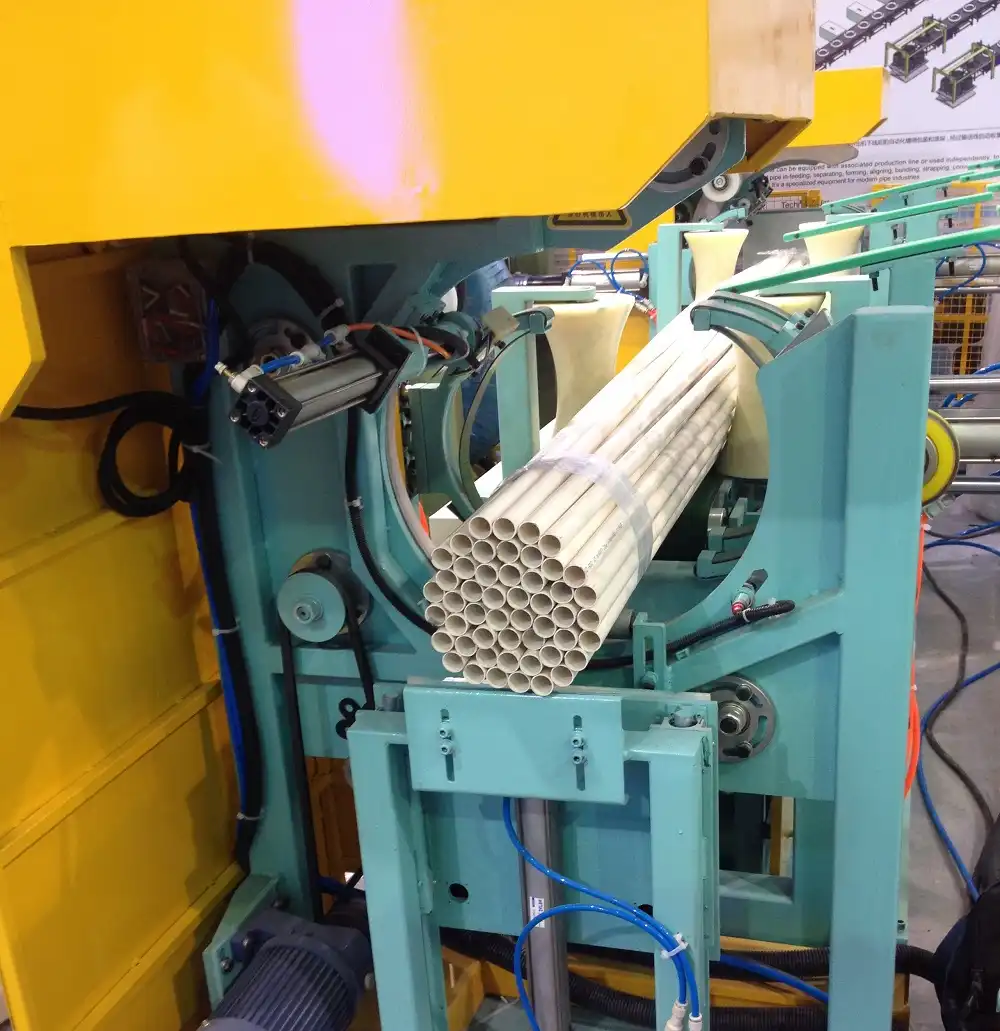
Damage Reduction and Waste Minimization Strategies
Compared to manual packaging methods, automated bagging machines employ several strategies to minimize damage and waste.
| Factor | Manual Packaging | Automated Bagging | Damage/Waste Reduction |
|---|---|---|---|
| Bundle Security | Less secure, inconsistent tying | Tighter, consistent wrapping | 30-50% |
| Protection from Elements | Less protection, open bundles | Full enclosure, weather protection | 20-40% |
| Handling Damage | Higher risk during manual handling | Reduced handling, stable bundles | 40-60% |
| Packaging Material Waste | Higher – Inconsistent usage | Lower – Optimized material use | 15-30% |
| Product Rejection Rate | Higher – Damage during handling | Lower – Protective packaging | 20-35% |
Enhancing Bundle Security
Automated bagging machines provide tighter and more consistent wrapping compared to manual tying, significantly enhancing bundle security. This reduces damage from impacts or vibrations during handling and transit.
Providing Weather Protection
The full enclosure offered by bagging machines provides better protection against environmental elements like moisture and dust, further minimizing damage.
Reducing Manual Handling
Reduced manual handling due to automated systems minimizes the risk of damage during the packaging process itself.
Optimizing Material Usage
Automated systems optimize packaging material usage, reducing waste from excess material application, which is common in manual packaging.
By implementing these strategies, businesses can reduce product rejection rates due to damage, leading to substantial savings and a more sustainable operation. The reduction in waste is not only beneficial for the bottom line but also promotes responsible manufacturing practices. Investing in plastic packaging efficiency through automated systems is a step toward long-term sustainability.
Enhancing Operational Efficiency for Cost Savings
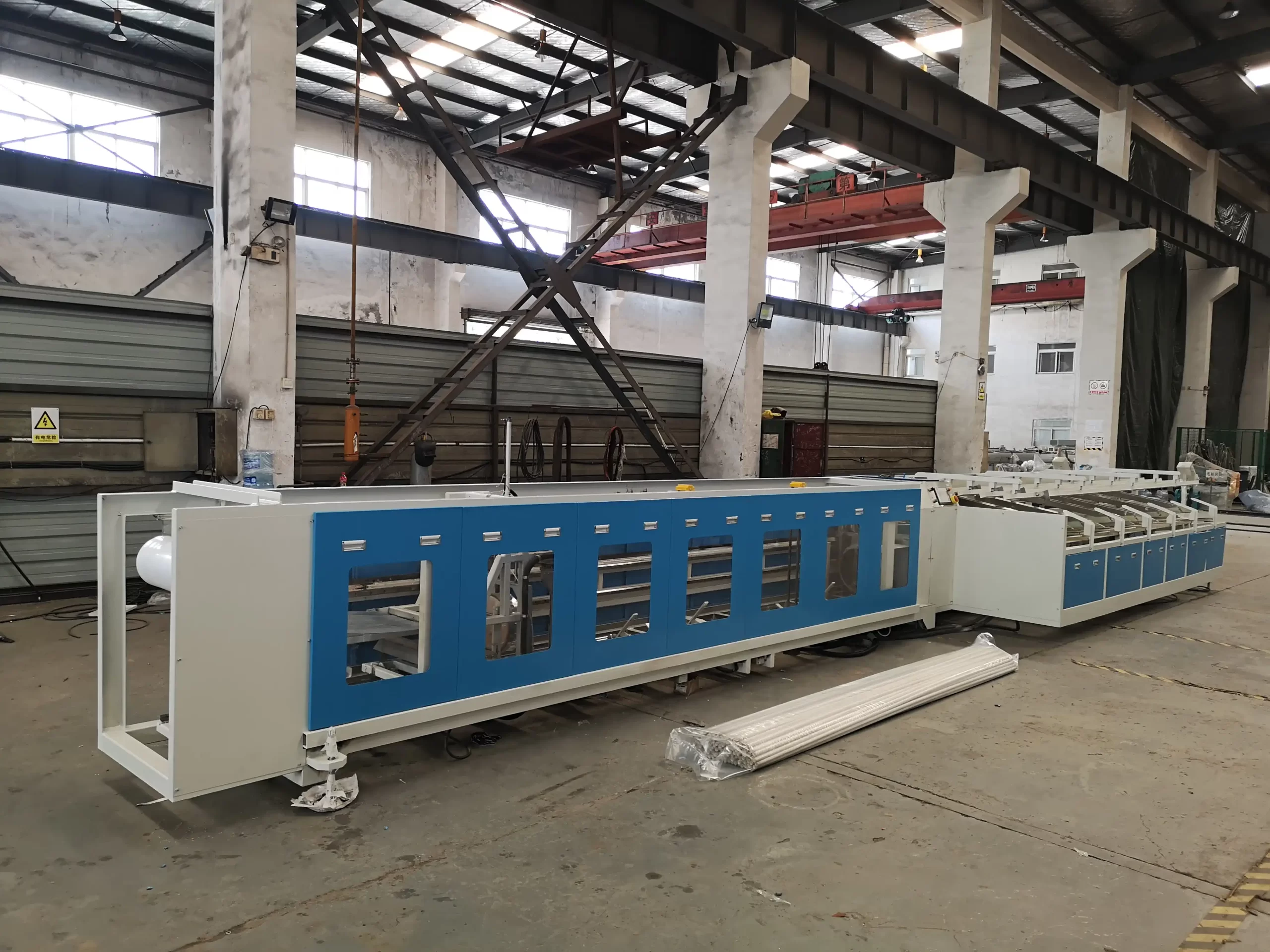
Automated PVC pipe bagging offers a step change in throughput compared to manual processes. Manual bagging is inherently limited by human speed and fatigue, leading to slower packaging rates and potential bottlenecks. Bagging machines, on the other hand, operate at consistent high speeds, drastically increasing the number of bundles packaged per hour.
PVC pipe bagging machines are designed for high-speed operation, significantly increasing packaging throughput compared to manual methods. Automated bagging can speed up the production process and contributes to substantial operational cost savings by optimizing resource utilization and reducing bottlenecks.
Efficiency gains are crucial for maintaining competitiveness in the PVC pipe industry. Efficiency Metric
Manual Bagging
-
Packaging Speed (Lower – Limited by manual pace)
-
Throughput Capacity (Lower – Bottlenecks in packaging)
-
Production Cycle Time (Longer – Packaging slows process)
Resource Utilization (Less efficient, potential idle time)
Per-Unit Cost (Higher – Labor intensive)
Automated Bagging -
Higher – Consistent machine speed
-
Higher – Streamlined packaging flow
-
Shorter – Faster packaging integrates
-
Optimized, continuous operation
-
Lower – Automation reduces unit cost
The dramatic increase in packaging speed offered by bagging machines directly boosts throughput capacity, eliminating packaging bottlenecks that can slow down the entire production line. Ultimately, the increased throughput and streamlined operations translate to lower per-unit production costs, as the same or even reduced resources can produce a significantly higher volume of packaged pipes. This operational efficiency is a key driver in achieving substantial cost savings and improving profitability for PVC pipe manufacturers.
Conclusion
Automated PVC pipe bagging systems offer a compelling solution for reducing labor costs and enhancing operational efficiency. These machines deliver quantifiable benefits across various aspects of operations. The long-term ROI and sustained financial advantages make them a strategically sound investment. Automating bagging systems is a step toward a more efficient, cost-effective, and sustainable future.


